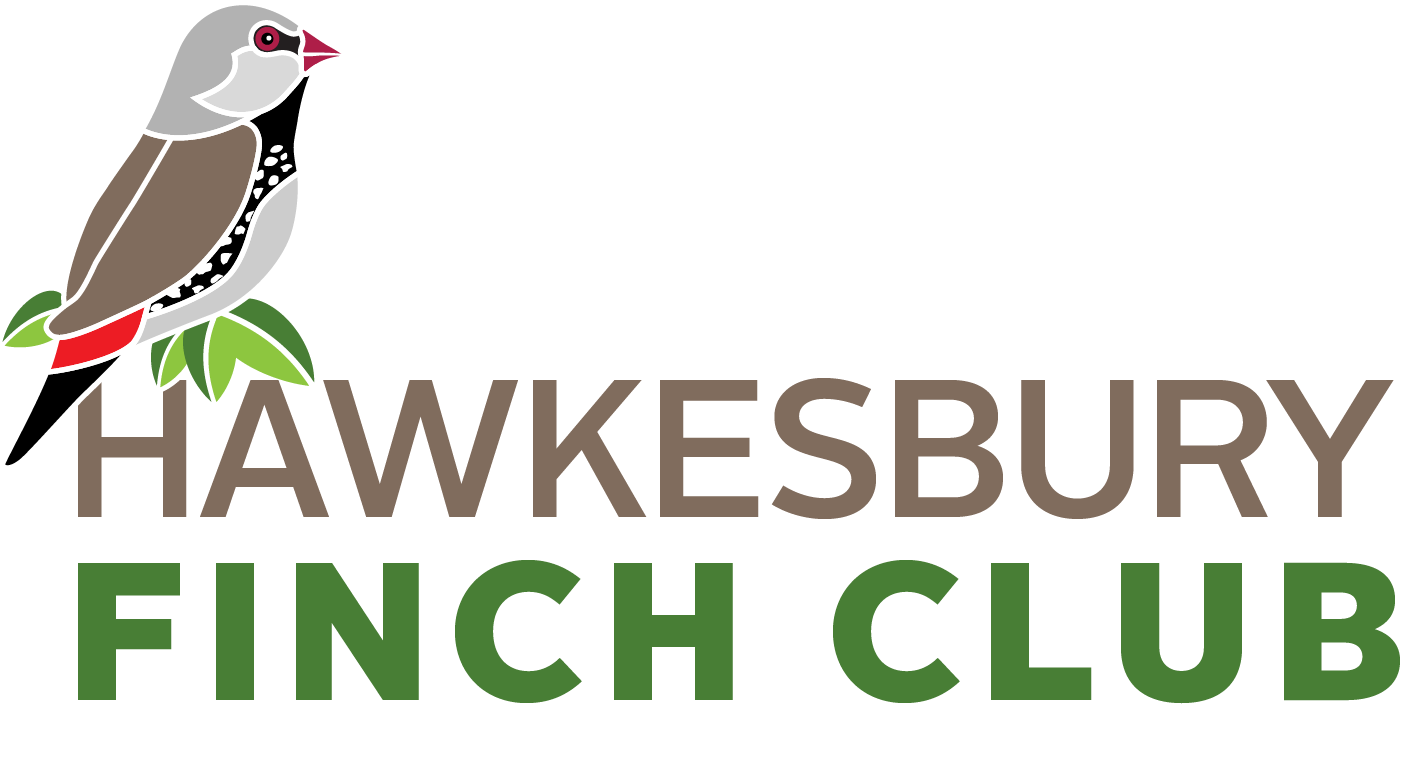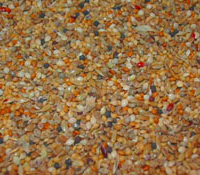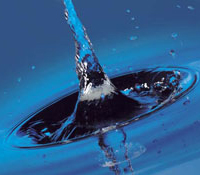Article provided by Christine Hornby (Courtesy of Feather Talk: Wodonga-Albury Avicultural Society Inc.)
Seed
Feeding stations should be easily accessible, either through an opening in the wire with a lift up door or a sliding panel, or on a swivel door. This avoids having to enter the aviary and thus disturbing any nesting birds unnecessarily. All food should be kept dry and preferably out of sunlight.
There are several ways to "serve" seed – either metal or plastic gravity-fred hoppers, dishes or trays. Whichever method is used, food needs to be kept off the floor (to discourage mice and rats).
We use metal hoppers, standing on a block wood inside a large plastic pot plant saucer to catch excess seed, although a small amount always ends up on the floor, it usually gets eaten by the birds as they forage around the ground. Checks must be made to ensure that the hopper runs free, as a blockage can stop the seed from coming out.
Finches are, of course, seed-eaters and as such they love to fossick around in the earth or sand for any discarded seed or tasty morsels. Some aviculturists mix their own seed and do not feed any "extras", but the most convenient way is to buy good quality finch mix from one of the bird dealers.
Other seeds which can be fed separately in small dishes are Lettuce, Niger, Maw and Sunflower seeds, either whole, crushed or as in our case just the kernels. Although almost all kinds of seed will be taken, once the birds get used to them.
In the summer, a few drops of wheatgerm oil can be added to a small amount of mixed seed – I use a scoop which comes in an Omo washpowder box – about a half teaspoon of calcium (in the form of non-toxic blackboard chalk, run over an old file) and vitamin powder and mix well. A tablespoon is fed twice a week in a small dish, to help with fertility. In the winter, mix the wheatgerm oil with cod liver oil, as this then helps to sustain the birds through the colder weather.
Cuttlefish is very good for the finches, giving them a ready source of calcium and keeping their beaks clean and sharp, and can be hung up on a wire and/or ground up and mixed with crushed charcoal – this is good for the digestive system – and crushed egg shells.
Water
Water is a very important part of a finch's requirements and most will bathe three or four times a day and drink frequently, so fresh water is essential at all times. This can range from a simple container which is refilled with a bucket, watering can or hose everyday to a sophisticated, mechanised reticulated system, which comes on automatically two or three times a day, flushes out the drinking bowls and may even water the plants or fill a pond, waterfall or fountain in the aviary at the same time.
This can be either scheme – rain or bore water – and can be run from a valve on an outside tap or set into a separate program on the reticulation timer (as mentioned in a previous, a manual check should still be made of an automatic system to make sure there has not been any breakdown of power supply to the operation).
Water bowls or dishes should be easy to clean i.e. glazed pottery, plastic, stainless stell or concrete and should not be too deep or have steep sides, so that any birds, especially young ones, which might fall in and get waterlogged feathers, can easily get out again. A square of wire, a small branch or a rough stone can be placed on the bottom of the dish, to help with this, although sloping sides can avoid this problem. A clove of garlic can be put in the water dish to help keep it "sweet". Having a "roof" of some kind over the water bowl keeps the sunlight off and also stops bits falling into the bowl.
Diggging a hole and filling it with stones or gravel and putting the water bowl over this also helps with drainage, when re-filling. Whichever type of water is used in the aviaries, birds will easily adapt, as it seems that to birds that water is water.



